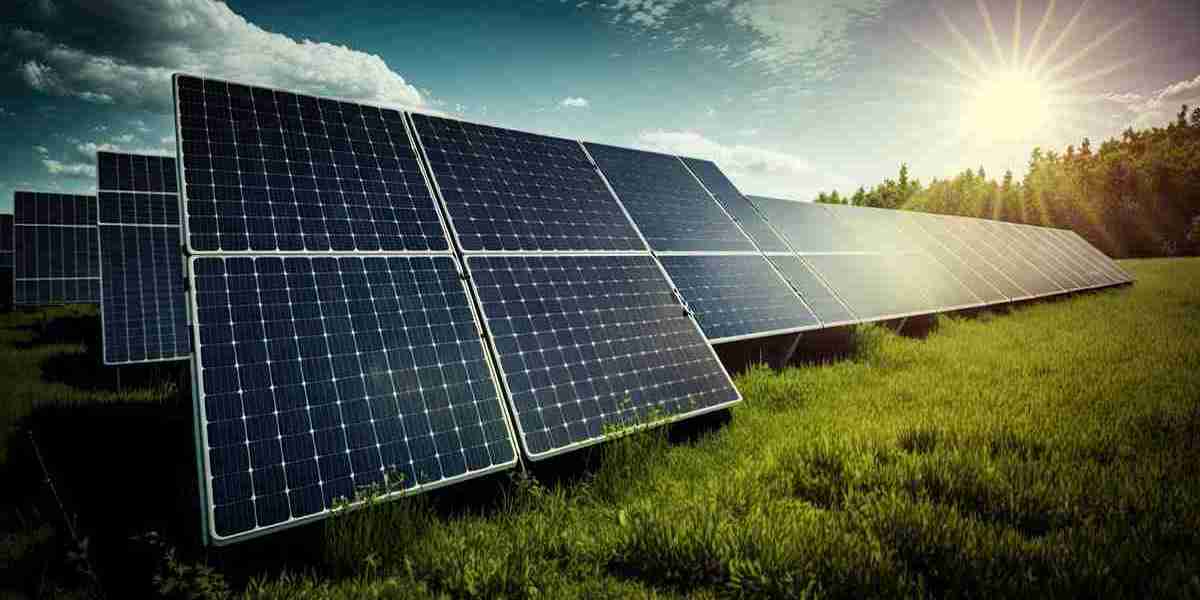The solar energy market, long heralded as a key solution for a sustainable and low-carbon future, continues to witness rapid technological progress and declining production costs. However, despite the optimism surrounding its growth, the market is not immune to significant threats that could hinder its progress. Understanding these threats is critical for stakeholders to mitigate risks and ensure the steady advancement of solar technologies globally.
1. Policy Uncertainty and Regulatory Risks
One of the most pressing threats to the solar energy market is inconsistent government policy and regulation. Solar energy development heavily depends on incentives such as tax credits, feed-in tariffs, subsidies, and renewable portfolio standards. When these policies are revoked, altered, or subject to political shifts, investor confidence diminishes.
In countries like the United States and parts of Europe, changes in leadership often lead to fluctuations in energy policy, which can delay or derail projects. Without long-term policy stability, developers and financiers hesitate to commit to new ventures, slowing market growth.
2. Supply Chain Disruptions and Material Dependency
The global solar industry relies on a complex supply chain, especially for materials like polysilicon, silver, copper, and rare earth elements. Many of these resources are concentrated in specific regions, notably China, which dominates the production of solar panels and key raw materials.
Disruptions—whether from geopolitical tensions, trade restrictions, or natural disasters—can cause supply shortages and increase costs. For instance, recent trade disputes and COVID-19-induced factory shutdowns highlighted how fragile the supply chain can be, revealing the urgent need for diversification and local manufacturing capabilities.
3. Geopolitical Risks and International Competition
The solar energy market is increasingly entangled in geopolitical dynamics. Countries view solar technologies not only as an environmental necessity but also as a strategic economic asset. As nations race to dominate the clean energy sector, trade wars and protectionist measures become more common.
Tariffs on solar imports, export restrictions on materials, and national security concerns about foreign-owned solar infrastructure further complicate international collaboration and market fluidity. These actions can inflate project costs and discourage cross-border investment.
4. Economic Volatility and Financing Constraints
Although the cost of solar installations has significantly decreased, large-scale projects still require substantial capital investment. In emerging markets, access to affordable financing remains a challenge. High interest rates, underdeveloped financial systems, and limited investor familiarity with renewable energy projects can restrict funding availability.
Moreover, in times of global economic uncertainty—such as inflation spikes, recessions, or banking crises—financial institutions may become more risk-averse, pulling back from renewable energy investments and focusing on traditionally safer asset classes.
5. Environmental and Land Use Concerns
While solar power is environmentally friendly, its large-scale implementation is not without ecological impact. Land use for utility-scale solar farms can lead to habitat disruption and competition with agricultural activities, especially in densely populated or biodiversity-sensitive regions.
In addition, the disposal of end-of-life solar panels presents an emerging environmental issue. The industry currently lacks widespread, efficient recycling infrastructure for solar panels, and improper disposal can lead to toxic material leakage, raising concerns about sustainability.
6. Technological Obsolescence and Integration Challenges
Rapid innovation is both a strength and a challenge for the solar sector. Newer, more efficient technologies frequently outpace older models, creating obsolescence risks for earlier investments. This can deter potential investors concerned about long-term viability.
Furthermore, integrating solar power into aging energy grids remains a technical challenge. Grid instability, storage limitations, and transmission losses can reduce solar power’s reliability, especially during peak demand or variable weather conditions.
Conclusion
The solar energy market undoubtedly plays a vital role in transitioning toward a cleaner energy future. However, its growth is not guaranteed and is vulnerable to several significant threats. Addressing policy instability, diversifying supply chains, managing geopolitical friction, improving access to finance, and tackling environmental and technological challenges are all essential steps.
By proactively recognizing and mitigating these threats, governments, investors, and industry players can ensure that solar energy remains a resilient and sustainable cornerstone of global energy strategies.




